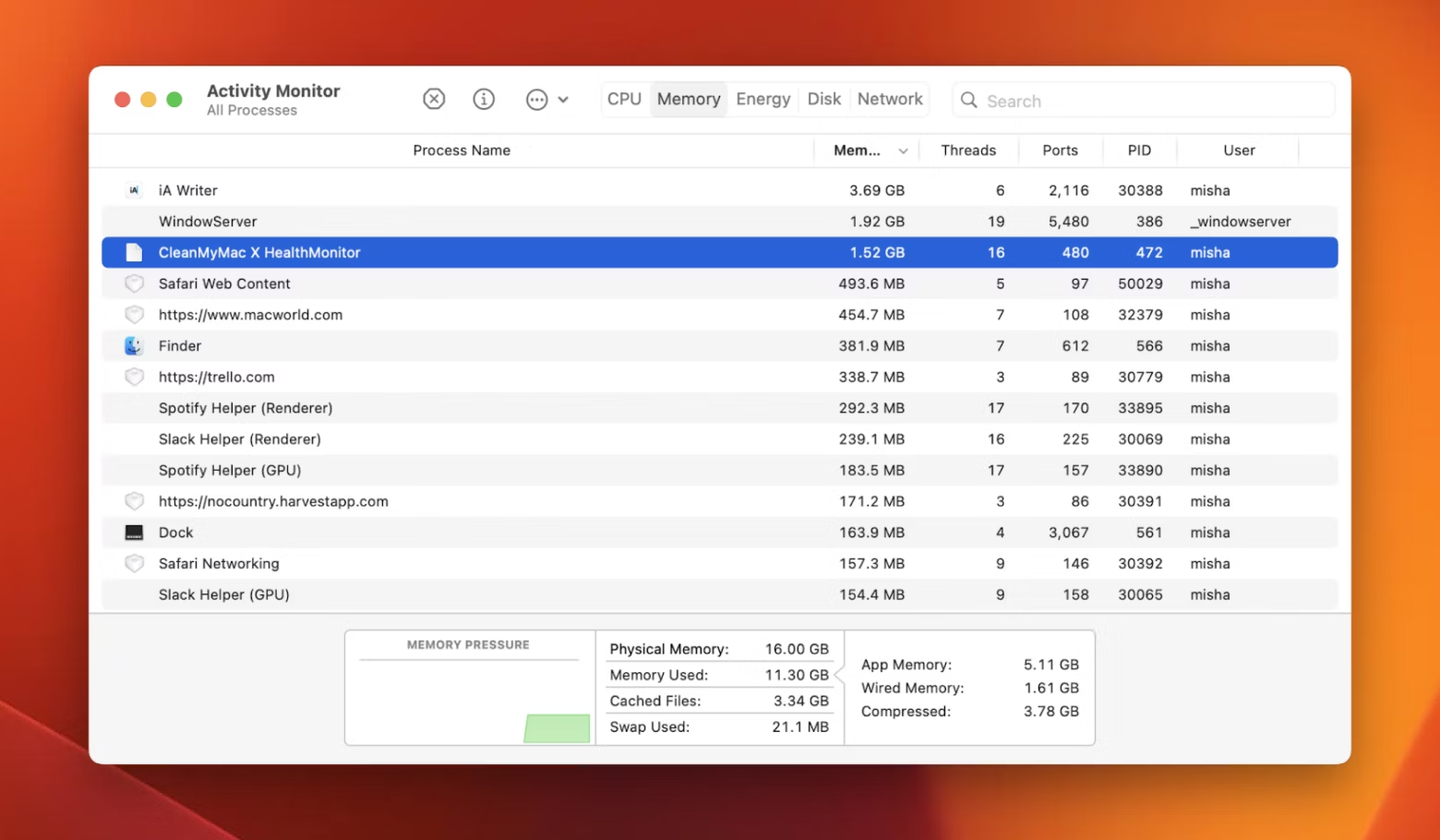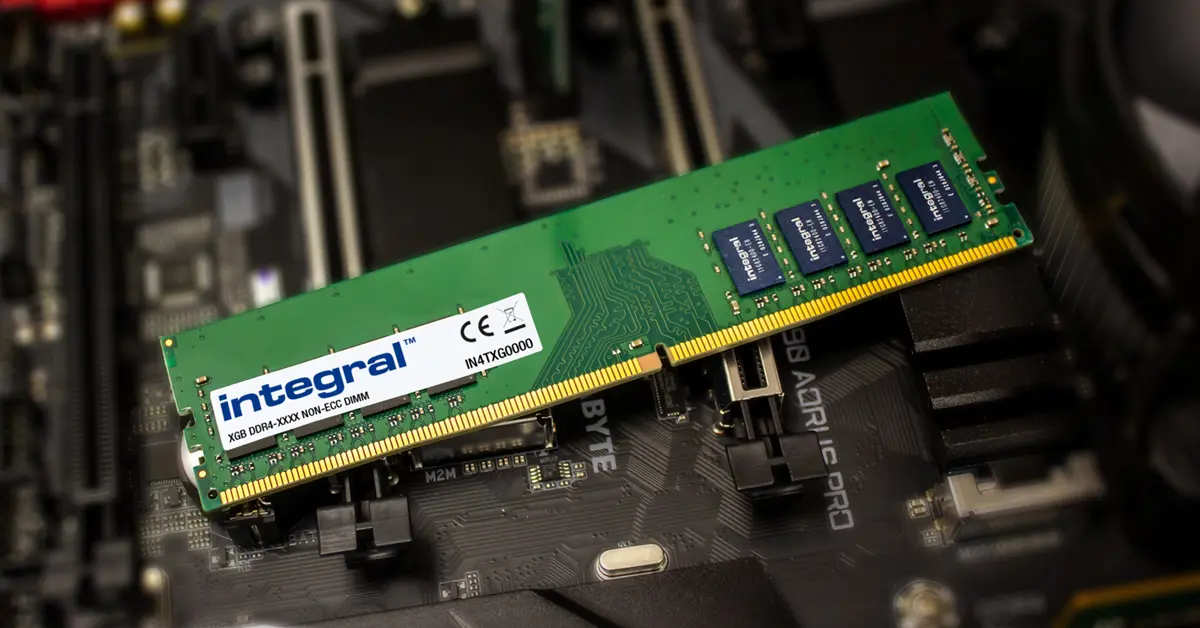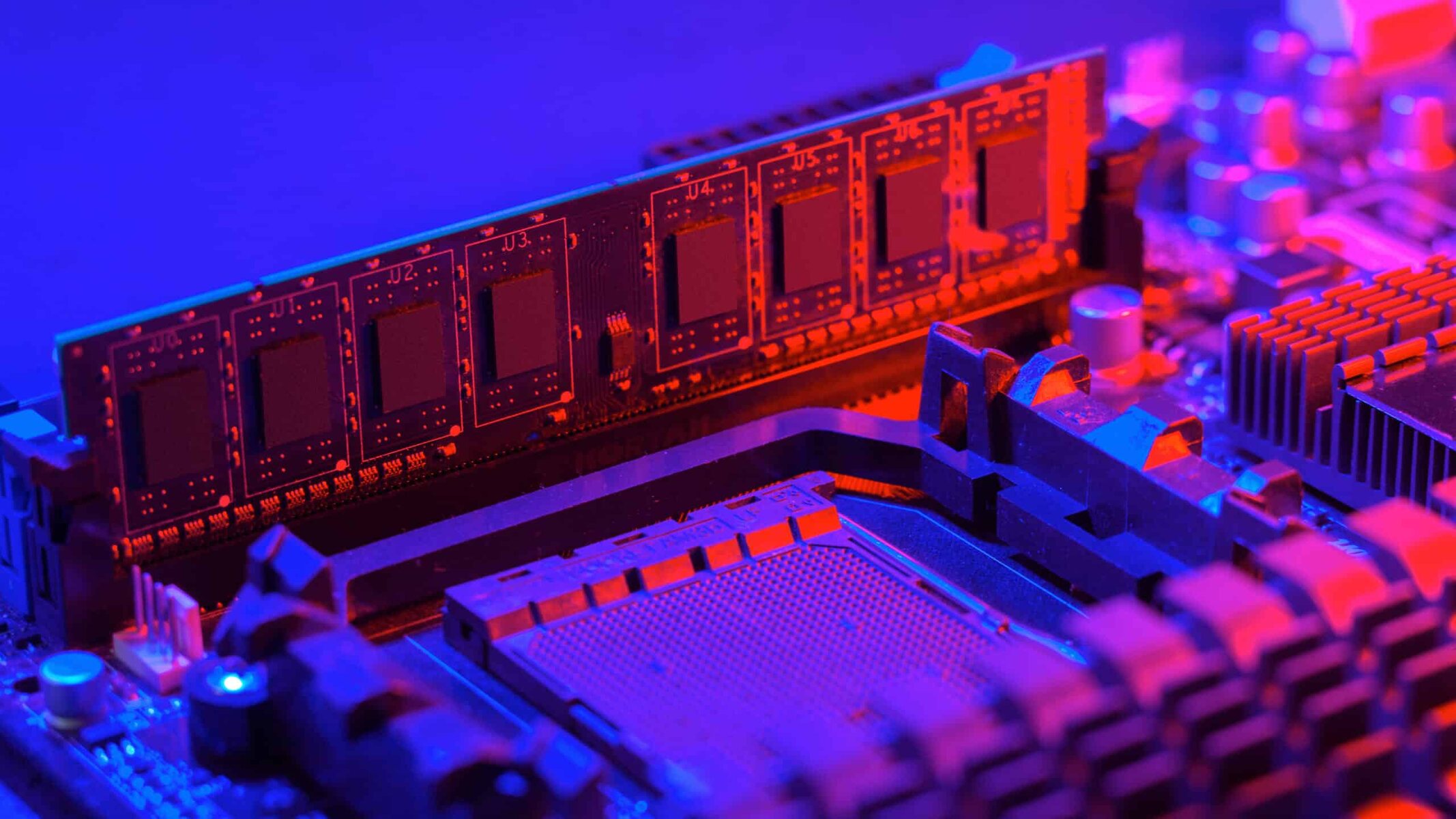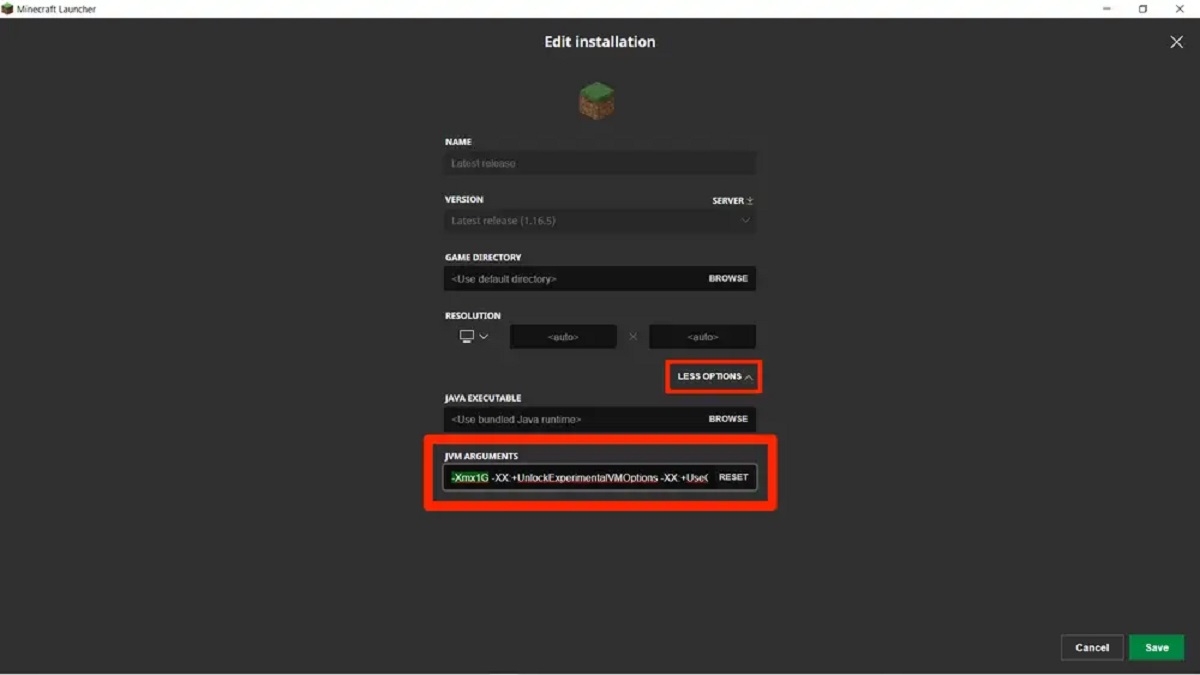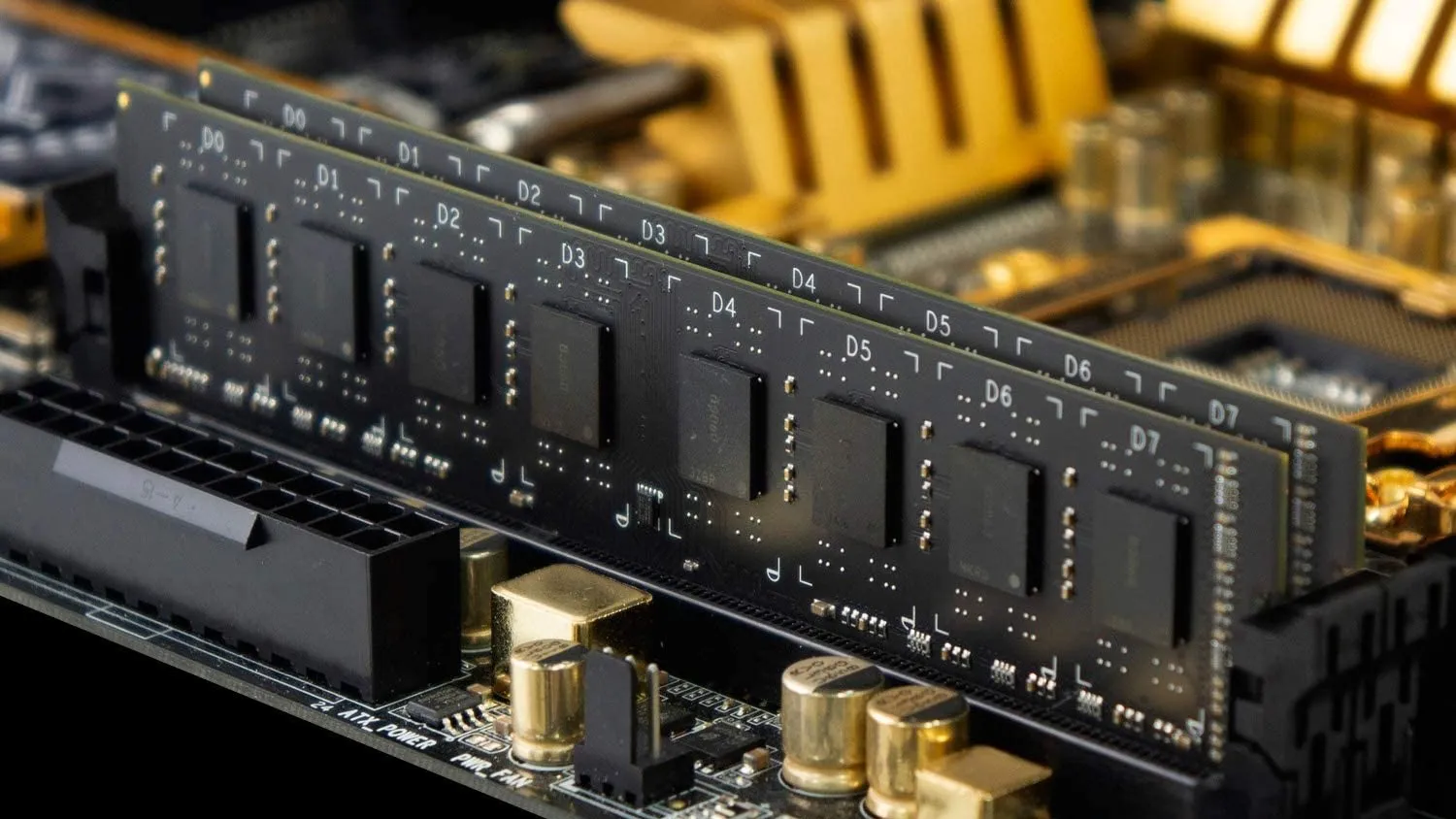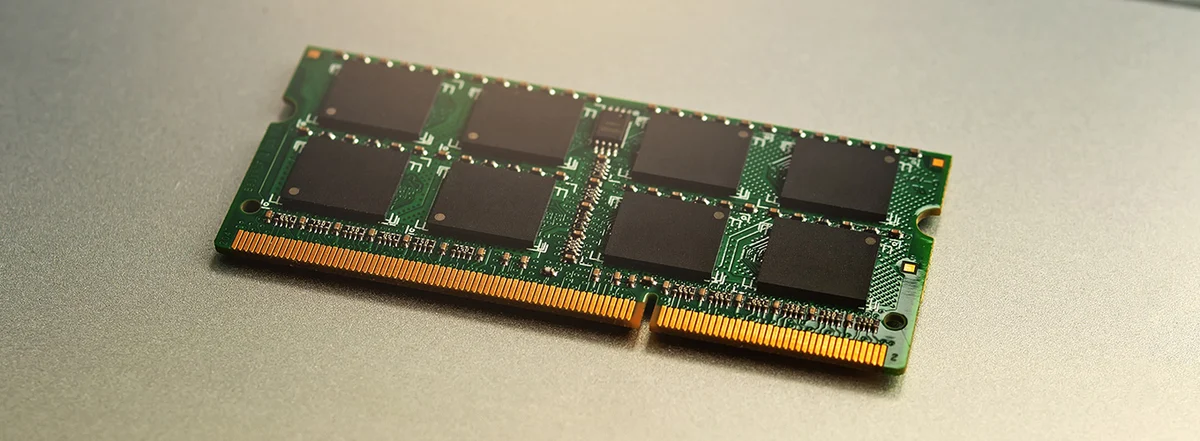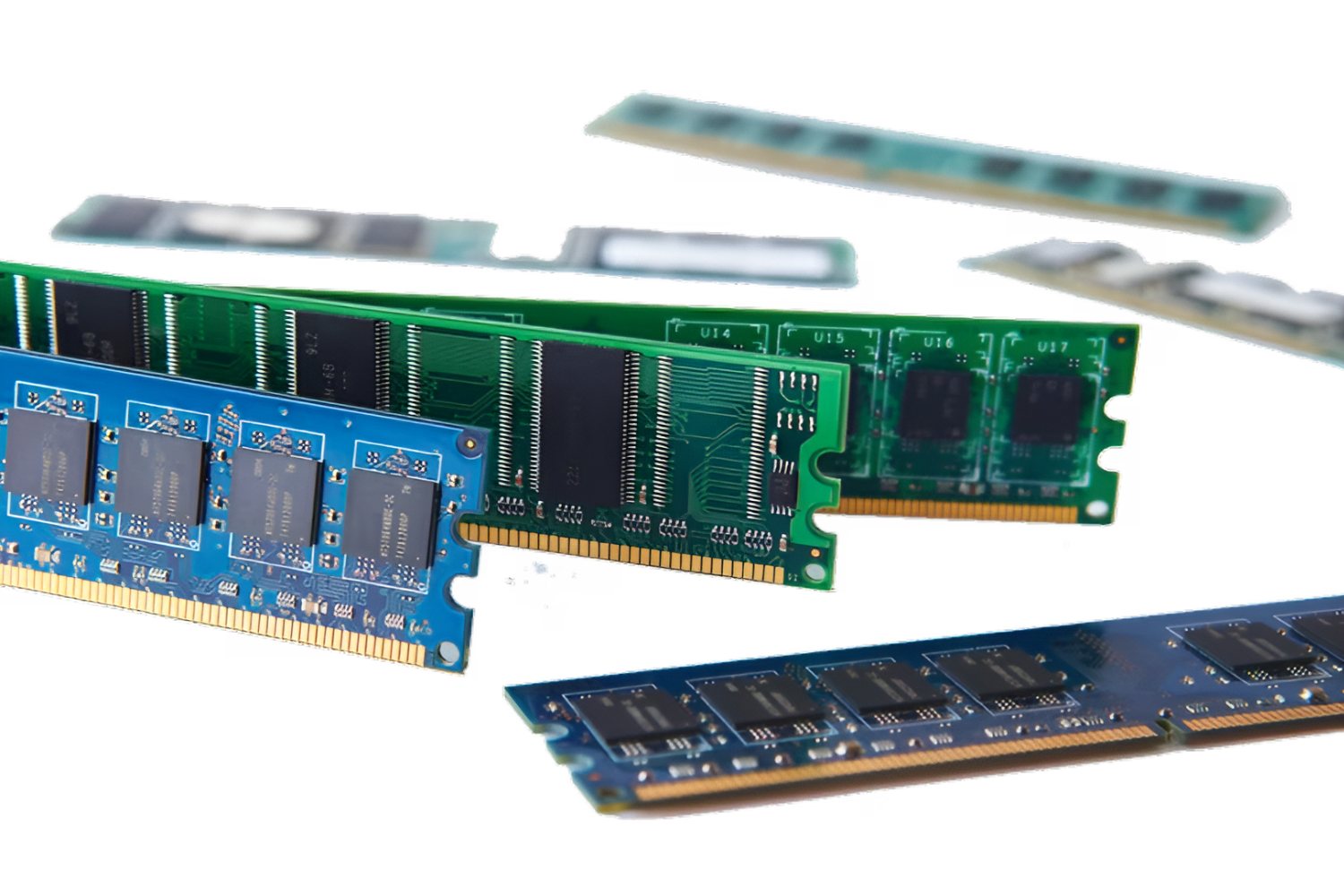Why Monitoring RAM Usage Is Important
RAM (Random Access Memory) is a critical component of any computer system, including Macs. It is responsible for temporarily storing data that the computer needs to access quickly and frequently. Monitoring RAM usage is essential because it allows you to keep track of how much memory your Mac is using and ensure optimal performance. Here are a few reasons why monitoring RAM usage is important:
- Identifying Resource Intensive Processes: By monitoring RAM usage, you can identify which processes or applications are consuming a significant amount of memory. This information can help you determine if any particular app or process is causing your Mac to slow down or become unresponsive. Identifying such resource-intensive processes allows you to take appropriate action, such as closing unnecessary applications or finding alternative solutions.
- Preventing System Overload: Insufficient RAM can lead to system overload, resulting in sluggish performance, freezing, or even crashes. Monitoring RAM usage enables you to stay aware of how much memory is being used and whether you need to close resource-hungry applications or upgrade your RAM capacity to manage the workload effectively. By proactively managing RAM usage, you can prevent your Mac from becoming overwhelmed and experiencing performance issues.
- Optimizing Multitasking: Mac users often perform multiple tasks simultaneously, such as running several applications, browsing the internet, and streaming media. Monitoring RAM usage helps you gauge how your Mac is handling the workload and whether it has enough memory to efficiently handle multitasking. By keeping an eye on RAM usage, you can adjust your multitasking habits, close unnecessary applications, or upgrade your RAM if necessary to ensure smooth and seamless multitasking.
- Improving Battery Life: RAM usage directly affects the performance and power consumption of your Mac. Excessive RAM usage can put a strain on your computer’s battery, resulting in shortened battery life. By monitoring RAM usage, you can identify applications or processes that are consuming excessive memory and draining your battery. By managing your usage and closing resource-intensive applications, you can optimize your Mac’s battery life and prolong its overall lifespan.
Monitoring RAM usage on your Mac gives you valuable insights into how your system is performing and helps you make informed decisions about optimizing its functionality. Next, we will explore different methods to check RAM usage on a Mac, ranging from built-in tools to third-party applications.
Checking RAM Usage from Activity Monitor
Activity Monitor is a built-in system utility on Mac that provides detailed information about the processes and resources used by your computer. It allows you to monitor various aspects of your Mac’s performance, including RAM usage. Here’s how you can check RAM usage using Activity Monitor:
- Launch Activity Monitor: You can find Activity Monitor by navigating to Applications > Utilities > Activity Monitor. Alternatively, you can use the Spotlight search by pressing Command + Space and typing “Activity Monitor”.
- Select the Memory Tab: Once Activity Monitor is open, click on the “Memory” tab at the top to view information related to RAM usage.
- Observe the RAM Usage: In the Memory tab, you will see various metrics related to your Mac’s RAM usage. The first section, “Memory Used”, shows the amount of RAM being used by your system. It includes both active and inactive memory. The “App Memory” section displays the RAM usage specifically by applications. You can also check the “Cached Files” section, which shows the amount of RAM being used for caching files.
- Check Memory Pressure: Activity Monitor also provides a useful metric called “Memory Pressure”, represented by color-coded bars. It gives you an overview of how heavily your RAM is being utilized. Green indicates a low memory pressure, while red represents a high memory pressure. This information can help you determine if your Mac is experiencing any memory-related issues.
- Identify Resource-Intensive Processes: Activity Monitor allows you to sort applications based on their memory usage. Clicking on the “Memory” column header will rearrange the list, putting the most memory-intensive applications at the top. This feature helps you identify which processes are consuming the most RAM on your Mac.
By using Activity Monitor, you can gain valuable insights into your Mac’s RAM usage and identify any resource-intensive processes. This information can guide you in optimizing your system’s performance and making necessary adjustments to enhance efficiency. In the next section, we will explore another built-in tool called System Information to check RAM usage on a Mac.
Checking RAM Usage from System Information
Another way to check RAM usage on your Mac is by using the built-in System Information tool. System Information provides comprehensive details about the hardware and software configuration of your Mac, including RAM usage. Here’s how you can access RAM information from System Information:
- Open System Information: Go to the Apple menu at the top left of your screen and select “About This Mac”. In the window that appears, click on the “System Report” button.
- Navigate to Memory: In the System Information window, navigate to the left sidebar and click on “Memory” under the “Hardware” section.
- View RAM Information: On the right side, you will see detailed information about your Mac’s RAM. The “Total Memory” field displays the total amount of RAM installed on your Mac. “Used Memory” shows the currently utilized memory, and “Free Memory” represents the available memory that is not currently in use.
- Additional Details: System Information also provides further details about your RAM configuration. You can find information such as the memory type, speed, and the number of memory slots used and available.
Using System Information, you can quickly see a snapshot of your Mac’s RAM usage and get a better understanding of the available and utilized memory. This information can be useful when assessing if your Mac has sufficient RAM or if an upgrade is necessary to meet your computing needs. In the next section, we will explore how to check RAM usage using Terminal, a powerful command-line tool on Mac.
Using Terminal to Check RAM Usage
Another method to check RAM usage on your Mac is by using Terminal, a powerful command-line tool. Terminal allows you to access various system information and execute commands to check and monitor your Mac’s performance. Here’s how you can check RAM usage using Terminal:
- Open Terminal: You can find Terminal by navigating to Applications > Utilities > Terminal.
- Type the Command: In the Terminal window, type the following command and press Enter:
top -l 1 | grep PhysMemThis command retrieves information about the physical memory (RAM) of your Mac.
- Interpret the Results: After executing the command, you will see the output that includes information about your Mac’s RAM usage. The “PhysMem” line displays details such as the total RAM, used RAM, free RAM, and the amount of shared memory.
Using Terminal to check RAM usage gives you a quick snapshot of the memory status on your Mac. It provides a straightforward way to access the information without the need for graphical interfaces. Terminal is particularly useful for users who prefer working with command-line tools and enjoy the flexibility and power it provides.
While Terminal is a robust method to check RAM usage, it may require some familiarity with command-line interfaces. If you are not comfortable using Terminal, there are also third-party applications available that provide more user-friendly and visual representations of RAM usage. In the next section, we will explore some of these third-party applications.
Third-Party Applications to Monitor RAM Usage
If you prefer a more user-friendly and visually intuitive way to monitor your Mac’s RAM usage, there are several third-party applications available that provide detailed information and real-time monitoring. These applications offer additional features and a more streamlined user interface compared to the built-in tools. Here are a few popular third-party applications you can use to monitor RAM usage:
- iStat Menus: iStat Menus is a comprehensive system monitoring app that allows you to monitor various aspects of your Mac’s performance, including RAM usage. It provides a customizable menubar that displays real-time information about CPU, RAM, disk usage, network activity, temperature, and more. With iStat Menus, you can easily keep track of your Mac’s memory usage and make informed decisions about resource allocation.
- MenuMeters: MenuMeters is a lightweight utility that adds small meters to your Mac’s menu bar, giving you instant access to important system information. It includes a memory meter that shows the current RAM usage, making it easy to monitor memory consumption without taking up much space on your screen.
- Activity Monitor: Yes, Activity Monitor is already a built-in tool, but it is worth mentioning that it provides more advanced features and real-time monitoring capabilities than the basic RAM usage check we discussed earlier. Activity Monitor offers a wealth of performance metrics, process details, and graphs that allow you to analyze and manage your Mac’s memory usage effectively.
- MenuBar Stats: MenuBar Stats is another popular app that provides a comprehensive system monitoring solution for your Mac. It offers a range of customizable widgets, including a RAM usage widget that displays real-time memory statistics. MenuBar Stats also provides a historical graph feature, allowing you to track memory usage trends over time.
- MacCleaner Pro: MacCleaner Pro is a utility app that not only monitors RAM usage but also helps optimize your Mac’s performance. It offers a range of tools, including a RAM optimizer, to free up memory and improve system responsiveness. MacCleaner Pro also provides detailed reports and real-time monitoring to help you manage your Mac’s memory more effectively.
These third-party applications offer convenient and visually appealing ways to monitor your Mac’s RAM usage. They provide real-time information, advanced features, and additional tools to optimize your system’s performance. Depending on your preferences and specific needs, you can choose the application that best suits your requirements.
Now that you are aware of various methods and tools to monitor your Mac’s RAM usage, let’s explore some tips to free up RAM and improve your Mac’s performance in the next section.
Tips to Free Up RAM on Mac
If you find that your Mac’s RAM usage is consistently high and you want to optimize its performance by freeing up memory, here are some helpful tips:
- Close Unused Applications: Close any applications that you are not actively using. Running multiple applications simultaneously consumes a significant amount of RAM. By closing unused applications, you can free up valuable memory for other tasks.
- Quit Resource-Intensive Processes: Identify resource-intensive processes in Activity Monitor or other monitoring tools. If you notice any processes that are using excessive memory, consider quitting or restarting them to free up RAM.
- Manage Startup Items: Review and manage the items that automatically launch at startup. These items use memory even if you are not actively using them. Remove unnecessary startup items to reduce memory usage and improve overall performance.
- Disable Visual Effects: Decrease the strain on your Mac’s RAM by disabling unnecessary visual effects. Go to System Preferences > Dock, and uncheck the options for “Magnification” and “Animate opening applications” to reduce the memory burden.
- Clear Browser Memory: Web browsers can consume a significant amount of RAM, especially if you have multiple tabs open. Close any unused tabs and clear the cache to free up memory in your browser.
- Use Memory-Optimizing Applications: Consider using memory-optimizing applications like MacCleaner Pro or similar tools. These applications can help manage and optimize your Mac’s memory usage, freeing up RAM and improving overall performance.
- Upgrade RAM: If you consistently find that your Mac’s RAM usage is at maximum capacity and impacting performance, you may need to consider upgrading your RAM. Check the specifications of your Mac to determine the maximum amount of RAM it supports, and consider adding more memory for improved performance.
By implementing these tips, you can effectively free up RAM on your Mac and optimize its performance. Regularly monitoring your Mac’s memory usage and taking steps to manage it efficiently will ensure smoother multitasking and a more responsive experience.
With the knowledge gained from this article, you now have a variety of methods and tools at your disposal to check and monitor RAM usage on your Mac. Whether you choose to use built-in tools like Activity Monitor and System Information, utilize Terminal commands, or opt for third-party applications, understanding your Mac’s RAM usage is crucial for maintaining optimal performance.







